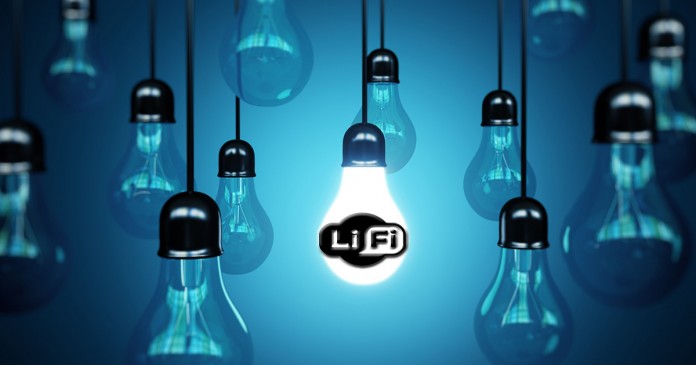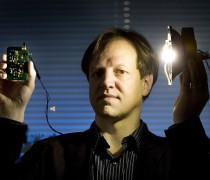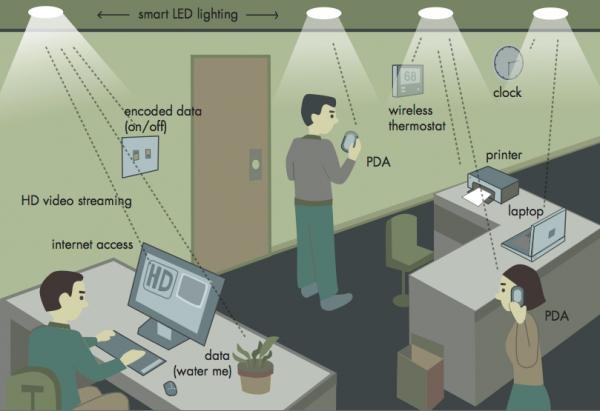

Scientists have developed a super-fast alternative to Wi-Fi that is capable of sending 1gbps of data, 100 times faster than the traditional Wi-Fi.
That’s the equivalent of downloading 18 movies in a matter of seconds. Scientists have achieved speeds in the lab of up to 224 GB per second.
It’s called Li-Fi, a wireless internet technology that rapidly transmits data using flickering LED light fields. The flickering happens far too fast for our eyes to notice it.
“We are doing a few pilot projects within different industries where we can utilize the VLC technology,” Solanki said. “Currently, we have designed a smart-lighting solution for an industrial environment where the data communication is done through light. We are also doing a pilot project with a private client where we are setting up a Li-Fi network to access the Internet in their office space.” Deepak Solanki, CEO of Velmenni, told IBTimes UK.
Li-Fi technology was originated in 2011 by Professor Harald Haas of the University of Edinburgh, he demonstrated that, he could transmit far more data than a cellular tower with just a flickering light from a single Li-Fi light bulb.
But there’s a catch though, a Li-Fi access point can only cover a single room, because light can’t pass through walls and other obstacles. To cover a house with lightning speed wireless coverage, multiple smart LED will be needed. But on the other hand, wireless connectivity will be greatly secured.

Meaning Li-Fi might be more secured than Wi-Fi. Because the wireless signal will not spill outside the room or a building, it’s hard for other people to gain access on the network.
It’s best not to throw out your Wi-Fi router just yet, because it will take some time for this kind of technology to be available on the market. But when they do it is possible that we might use it along with our Wi-Fi routers. Like using the Wi-Fi for general use and the Li-Fi hotspot for high-speed uses. -John Esconde












